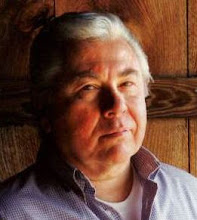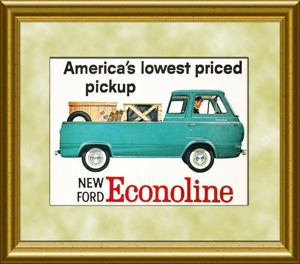
The original shift arms and trunnions were very worn and had developed excessive free-play. My favorite machine shop owner/operator, Josh W. of Kingsbury, New York and I came up with a simple solution.

Below are the trunnions before being turned down. Notice the wear.

Rather than fabricating from scratch it was determined that the trunnions could be turned down a minimal amount to make them true. Bronze bushings were pressed into the shift arms completing the upgrade.

All of the components were sandblasted and finished with Dupli-Color Engine Enamel.
As always, you can see larger versions of these photos at my Flickr page. Just be sure to hit the "Back" button on your favorite browser to return to this blog.
Email me: Ron B.
Enjoy the Ride !




















